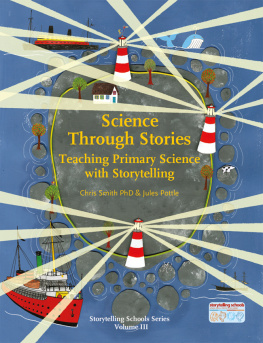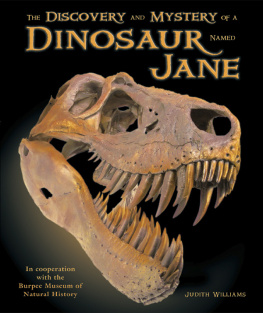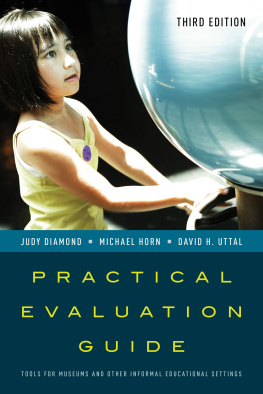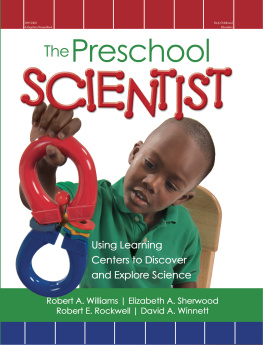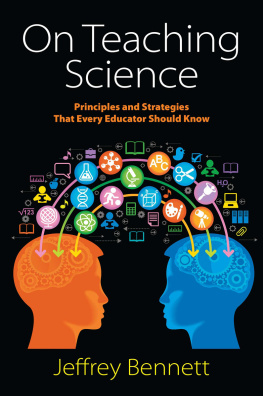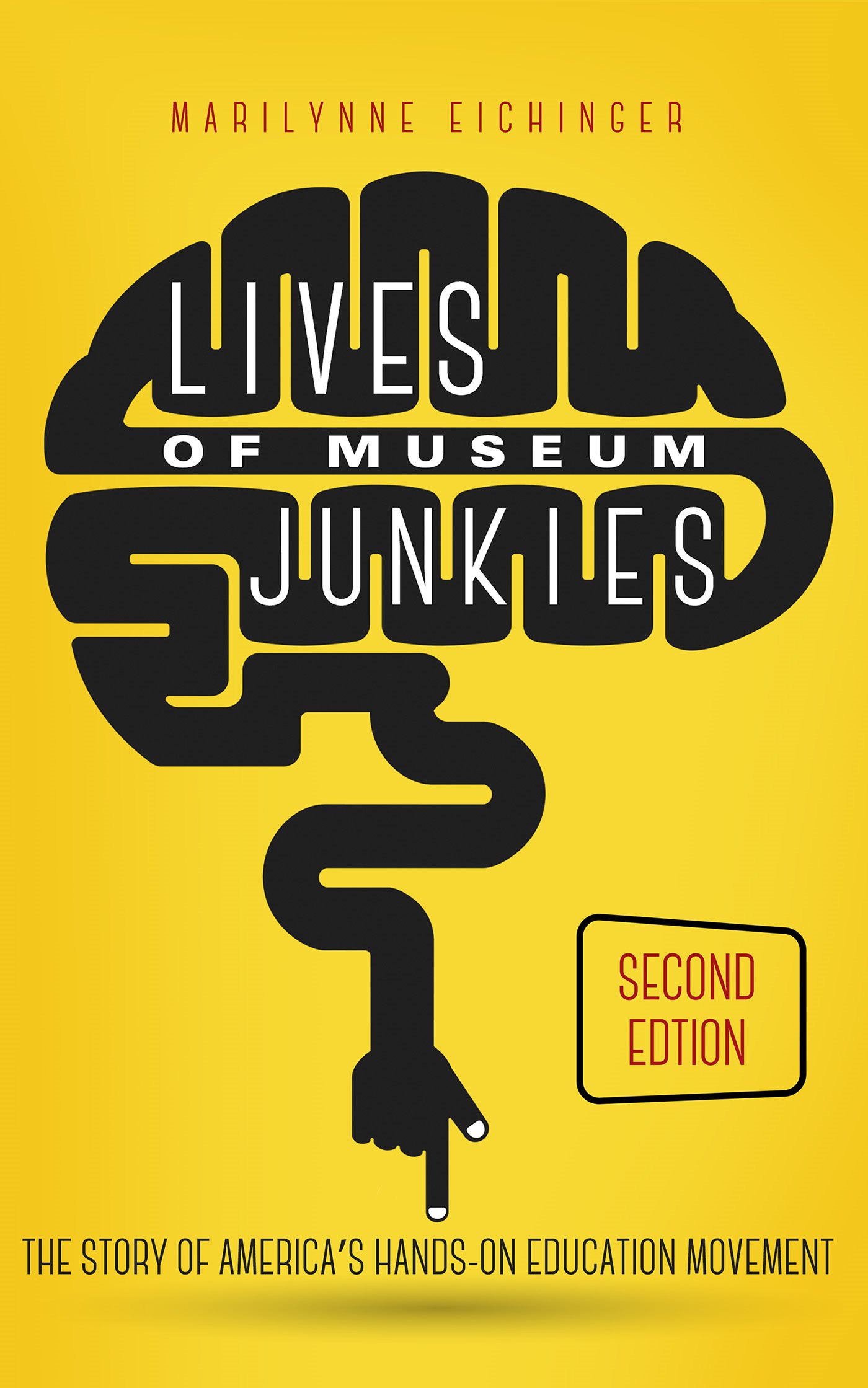Lives of Museum Junkies
Praise for Lives of Museum Junkies
Marilynne Eichinger has created a very worthwhile contribution with her thorough analysis of science museums. Her book will bring added interest to museums and what they can offer now and in the future.
Jean Auel, author Earths Children series.
Marilynne shares the experiences and insights of many who shaped the field, along with her personal reflections. Her engaging book will help you see science museums in a new light.
David Ucko, Museums+More LLC
The book is very well written and easy to enjoy. This topic requires a storytelling approach, and it has been captured well. Those recognized in the chapters should be honored for your treatment of their many accomplishments. The book concludes with a valuable perspective on the future of museums. That future will be a function of the leaders who take to heart the many lessons that are offered.
Bud Rock, Executive Director Association of Science and Technology Museums.
This great read tells the story of the beginning of science museums through the eyes of early pioneer Marilynne Eichinger. She includes lessons from her life and the lives of other pioneers in museums of experience. Recommended for those who care about museums, libraries and society today.
Ginnie Cooper, Past director of Washington D.C., Brooklyn, and Portland Library systems
People interested in museums as real educational environments, parents interested in their childrens education, and people seeking to find themselves in a positive way could all benefit from reading this book. I love the way the bios of major contributors are interspersed through-outmost thoughtful. A terrific story!
Ronald C. Rosenberg. Professor, Associate Dean Emeritus, Michigan State University.
Marilynne Eichinger has embraced the past to give a lively behind-the-scenes description of the evolution of interactive science museums and why these science playgrounds should be part of your life.
Michelle Marquart, Past VP Marketing, Oregon Coast Aquarium; General Manager, Mount Hood Railroad.


Copyright 2016, 2020 by Marilynne Eichinger
Second Edition
Publisher: MEZR Press / Contact
Brain Opening Concept Big Ideas; BigStockPhoto.com. OMSI at Night Oregon Museum of Science and Industry. Images used in this book are copyrighted by their respective copyright holders and used with permission.
All rights reserved. No part of this book may be reproduced or transmitted in any form or by any means whatsoever, including photocopying, recording or by any information storage and retrieval system, without written permission from the publisher and/or author.
Table of Contents
Acknowledgements
L ives of Museum Junkies was made possible by family and friends who helped a naive woman mature. I thank my first loves, Dr. Ronald Rosenberg and Martin Eichinger, and my partner for the past twenty-five years, Ray Losey, my children Ryan, Kara, Julia, Jessica, Talik, and honorary son Seth. They are a source of inspiration who assisted me in my many ventures. Special acknowledgment goes to Dee Pumplin who was there at the beginning and helped turn a dream into reality.
With appreciation I mention editors Kristin Thiel and Karen Segal who cut, slashed and marked reams of paper, making me think about what I wanted to say. I also am thankful for the support I received from Portlands chapter of 9 Bridges Writers Group for their critique as pages were read aloud. Their suggestions were invaluable.
The eleven men and women whose short biographies are included were generous with their time and emotional support. I felt a great sadness and loss when Alan Friedman, first president of the New York Hall of Science, died a few weeks after his biography was completed. He was a special person who contributed his wisdom and expertise to emerging science centers.
Sally Duensing, educator and past executive at the Exploratorium in San Francisco and Sheila Grinell, its first assistant director, filled in gaps the in Frank Oppenheimer story. Looking into the future of interactive museums, I spoke with Nancy Stueber, who at the time was president of the Oregon Museum of Science and Industry, David Heil, educator and museum consultant, and Al DeSena, a National Science Foundation program officer. Al showed me how creative the current generation of educators who go about the business of inspiring youth. Though retired, Nancy and Al stay abreast of developments in science museums.
The COVID-19 pandemic caused quite a hiccup for museums, making many vulnerable to closure. However, staff did not stayed immobile in the face of adversity. They created new on-line avenues to reach the public and spread the wonders of science. Their actions will impact the way science centers operate in the future.
Introduction
It always seems impossible until its done.
-Nelson Mandela
I n the late nineteen-sixties there were a dozen science centers in the United States and another handful in Europe. Today, nearly three thousand dot countries around the globe focused on increasing science literacy. Each center has unique attributes that make it a novel place to visit.
When I was a young wife and mother, I started a science museum in my basement. It was 1972 when I incorporated Impression 5 Science Museum as a non-for-profit organization in Lansing, Michigan. That action heralded the beginning of an adventure that changed a timid, naive woman into one capable of running the Oregon Museum of Science and Industry (OMSI).
A wise man advised me, When the time feels right, go for it! Dont wait for everyone else to agree with your dreams because that never happens. Grab your own opportunities. And that is what I did, though not alone. In Lives of Museum Junkies, I share the joys and difficulties I experienced, as well as the struggles of eleven men and women who were on the leading edge of an international movement to create experiential museums dedicated to science. Some of the names you might recognize, while others will surprise you. All were curious as children, and developed a way of looking at the world that kept us creatively engaged throughout our lives.
As pioneers, we were change agents influencing the countrys education ethos. And, as visionaries, we broke from tradition by combining art with science, engineering, and technology. We saw ourselves as promoters of lifelong self-improvement, practitioners of creative problem-solving, believers in equal opportunity, disseminators of the latest scientific information, and teachers who made learning so much fun that students were compelled to ask the next question. We wanted visitors to leave the museum yearning to know more.
Our passions were fired by a long list of psychologists, educators, and scientists that included Jean Piaget, Maria Montessori, Jonathan Kozol, John Hart, A. S. Neil, Carl Rogers, and Frank Oppenheimer. Putting their ideas into practice in a public setting was not without mishap.
We were unsophisticated when we started our museums and not skilled at fundraising, board development or staff management. We were artless in the way we constructed interactive displays and did not understand how chauvinism, race, poverty, and social class played a role in what we were doing. Included are sections called lessons learned so you will understand how the people I write about were changed by their experiences. Hopefully, these insights will be helpful to those attempting a new venture.


